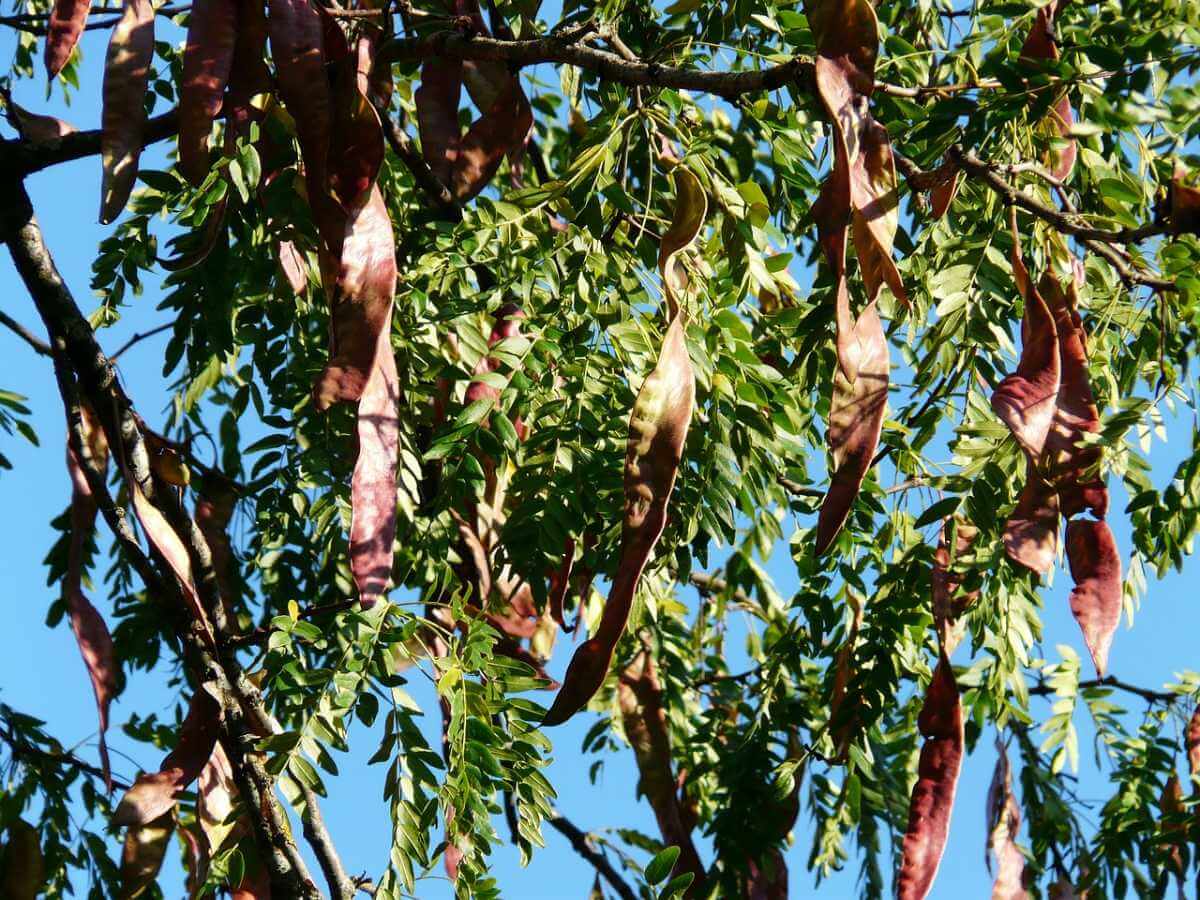Seeding your lawn is something to do to your lawn and landscaping each spring and fall. Fall is typically the time you will add in new seed to your lawn and spring is the time to over-seed. Why? It is crucial to help your grass grow and become healthy after the harsh winter months. Learn how to tackle damage from larva activity and turf diseases as well as reasons to use a pre-emergent for weed protection.
Lawns damaged by larva activity
One of the dangers to be aware of in your yard and landscaping are larva or lawn grubs. After a few years once these insects are fully grown, they turn into the many forms of scarab beetles. In the larva state, these are small insects eat the roots of grass to survive. Even though you can’t easily see them, these insects can do some extensive damage to your lawn as they eat the roots of your grass and plants. They do a lot of their damage in the winter as they dig deeper within the soil—but can damage your yard at any time. Keep an eye out for patches of brown, dead grass. In other areas, the ground may have a squishy feel as you walk across it. You may also notice outside animals damaging your lawn, which is a red flag that they may be in search of larva in the soil. To combat this issue, you can invest in chemicals that won’t hurt your lawn, but will eliminate the problem. Learn more in Better Homes and Gardens Stop Grubs in your Lawn.
Turf diseases
Just as people get sick, so can our turf lawns. Those who do not tend to their lawns and give them proper care are more likely to have their turf fall victim to disease. When this occurs, a variety of issues will become noticeable in your lawn. One of the most common types of turf diseases is necrotic ring spots. It is a fungus that kills grass in ring-like patterns that can make its way through a yard. Snow mold is another disease that can affect lawns, especially post-winter. Grass blades can become damaged if snow falls onto it but the weather is not cold enough where the grass freezes. Therefore, it can develop mold that kills the grass. Learn more about this disease in How to Manage Snow Mold in Denver Lawns. Last, leaf spots, also known as melting-out disease, are another issue to turf. This happens when a fungus sets in and produces brown spots along the grass blades. You can work with your local tree service to find solutions to help bring your diseased turf back to life!
Using a pre-emergent for weed prevention
Spring is also the time to make sure your lawn is protected from weeds. To accomplish this, you will utilize pre-emergents. Pre-emergents are herbicides that help to stop the growth of weeds. By using one of these early, you can get ahead of a problem so weeds never sprout out of the surface.
For all your lawn care needs, American Arbor Care is here to help. From helping your trees bloom this spring to having perfectly green grass, we can give you the assistance needed as we transition into spring. Give us a call at 303-639-8584 today to get started.


